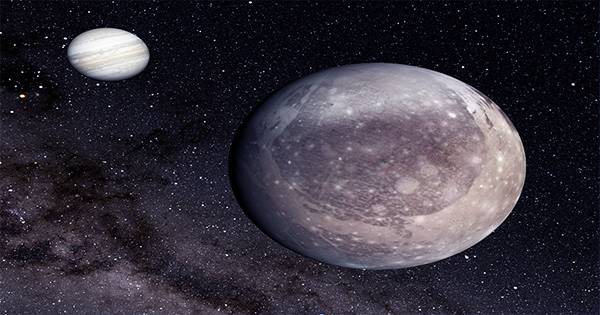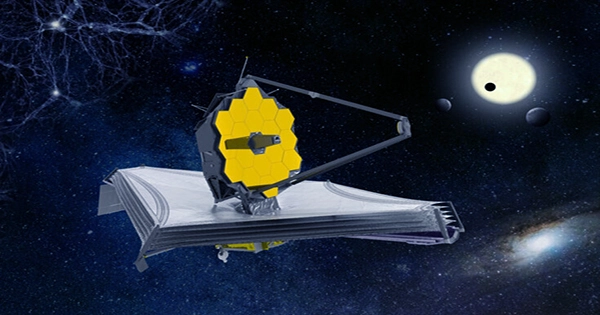The Eagle Nebula, also known as Messier 16 or M16, is a diffuse emission nebula located in the constellation Serpens. It is part of a star-forming region in the Milky Way, located about 7,000 light-years away from Earth. It is famous for its striking pillars of gas and dust that are sculpted by the intense radiation and stellar winds from the young, massive stars within the nebula. These pillars, which are also known as the “Pillars of Creation,” were first imaged by the Hubble Space Telescope in 1995 and have become an iconic image of space exploration.
The Eagle Nebula is a young open cluster of stars in the constellation Serpens that was discovered in 1745-46 by Jean-Philippe de Cheseaux. Both the “Eagle” and the “Star Queen” refer to visual impressions of the dark silhouette near the nebula’s center, an area made famous as the “Pillars of Creation” imaged by the Hubble Space Telescope. There are several active star-forming gas and dust regions in the nebula, including the aforementioned Pillars of Creation. The Eagle Nebula is located in the Milky Way’s Sagittarius Arm.

Characteristics
The Eagle Nebula is part of the IC 4703 diffuse emission nebula or H II region. This region of active current star formation is approximately 5700 light-years away. A spire of gas seen coming off the nebula in the northeastern part is approximately 9.5 light-years or 90 trillion kilometers long.
The nebula’s associated cluster contains approximately 8100 stars, the majority of which are concentrated in a gap in the molecular cloud to the northwest of the Pillars. The brightest star (HD 168076) has an apparent magnitude of +8.24 and is easily visible with good binoculars. It is actually a binary star composed of an O3.5V star and an O7.5V companion. This star has a mass of roughly 80 solar masses and a luminosity up to 1 million times that of the Sun. The cluster’s age has been estimated to be 1–2 million years.
The descriptive names are based on the shape of the central pillar, which rises from the southeast into the central luminous area. Robert Burnham, Jr. coined the name “Star Queen Nebula” to reflect his depiction of the central pillar as the Star Queen in silhouette.
The Eagle Nebula is home to many young, hot stars that are in the process of forming, and it is a rich source of ionized gas and dust that can be studied to better understand the processes of star formation and evolution. The nebula is a popular target for amateur and professional astronomers alike and has been studied extensively using a variety of telescopes and instruments.
















